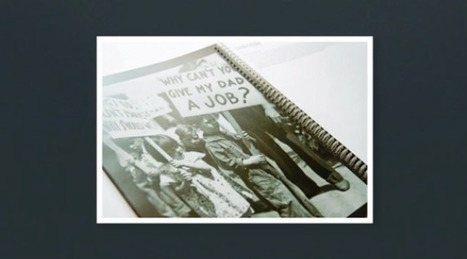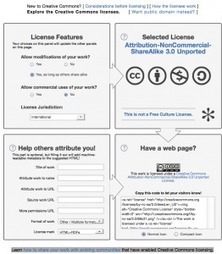"The expanded availability of easy tech tools has empowered educators to rethink homework and daily instruction. Flipping the classroom with teacher-made videos allows students to self-direct their at-home learning. Many of these clips, however, still involve a one-day delivery of information, from teacher to student. Another approach is to allow children to make their own educational videos. They can enlighten their classmates with their creations, and they can teach themselves the material and the skills during the process of production."
Research and publish the best content.
Get Started for FREE
Sign up with Facebook Sign up with X
I don't have a Facebook or a X account
Already have an account: Login
Tech tools that assist all students to be independent learners & teachers to become better teachers
Curated by
Beth Dichter
 Your new post is loading... Your new post is loading...
 Your new post is loading... Your new post is loading...
|
|















Have you considered having students use the Adobe Voice app (iPad) to create materials that others may use to review work? This post shares how one school has done this with 8th grade students and provides 3 videos embedded in the post as well as a link to a page where you can see more student work.
The post also discussed "four key proficiencies" that students may demonstrate as they create an Adobe Voice video:
* Symbolic and visual metaphor - in choosing images and/or icons and their definitions of words students are demonstrating understanding of figurative meaning.
* Narrative - students narrate their story and provide images that seamlessly move from one point to another within the story.
* Text- students select key text, highlighting vocabulary.
* Design - students learn critical elements necessary to convey content. Elements may include, music, images, voice, color, transitions, layout and more.